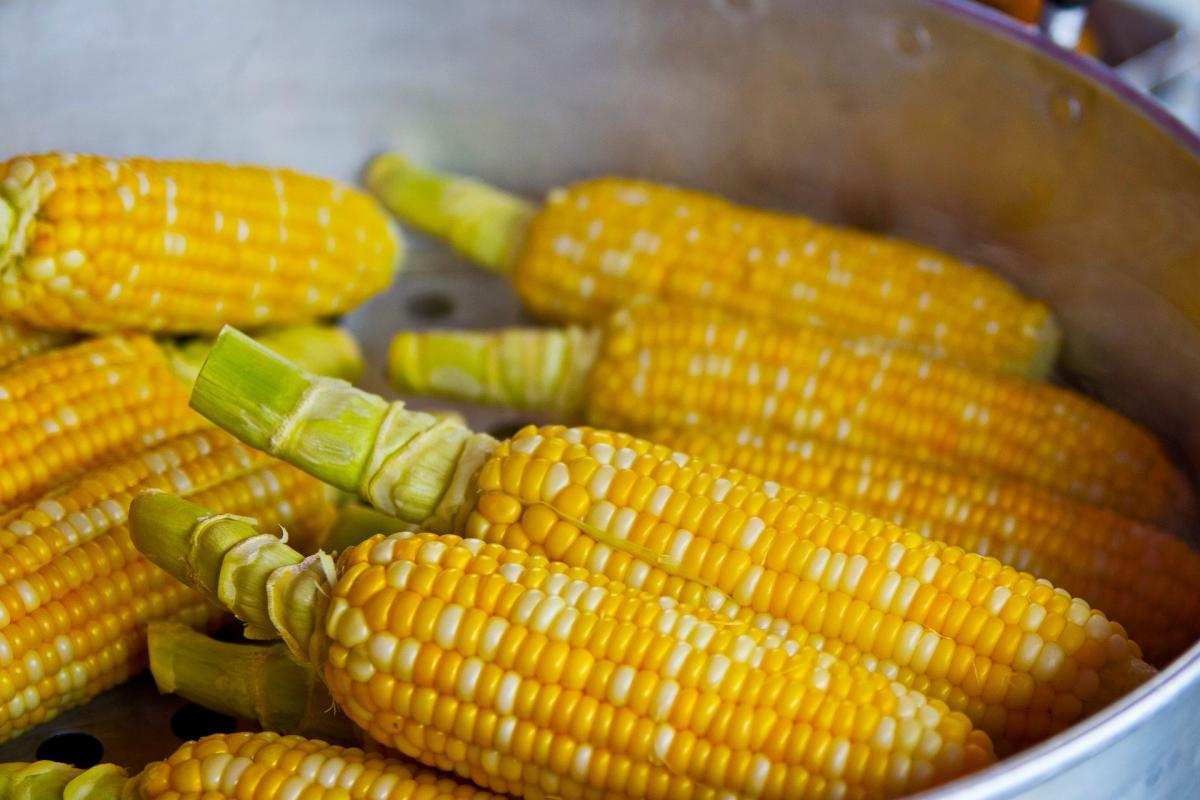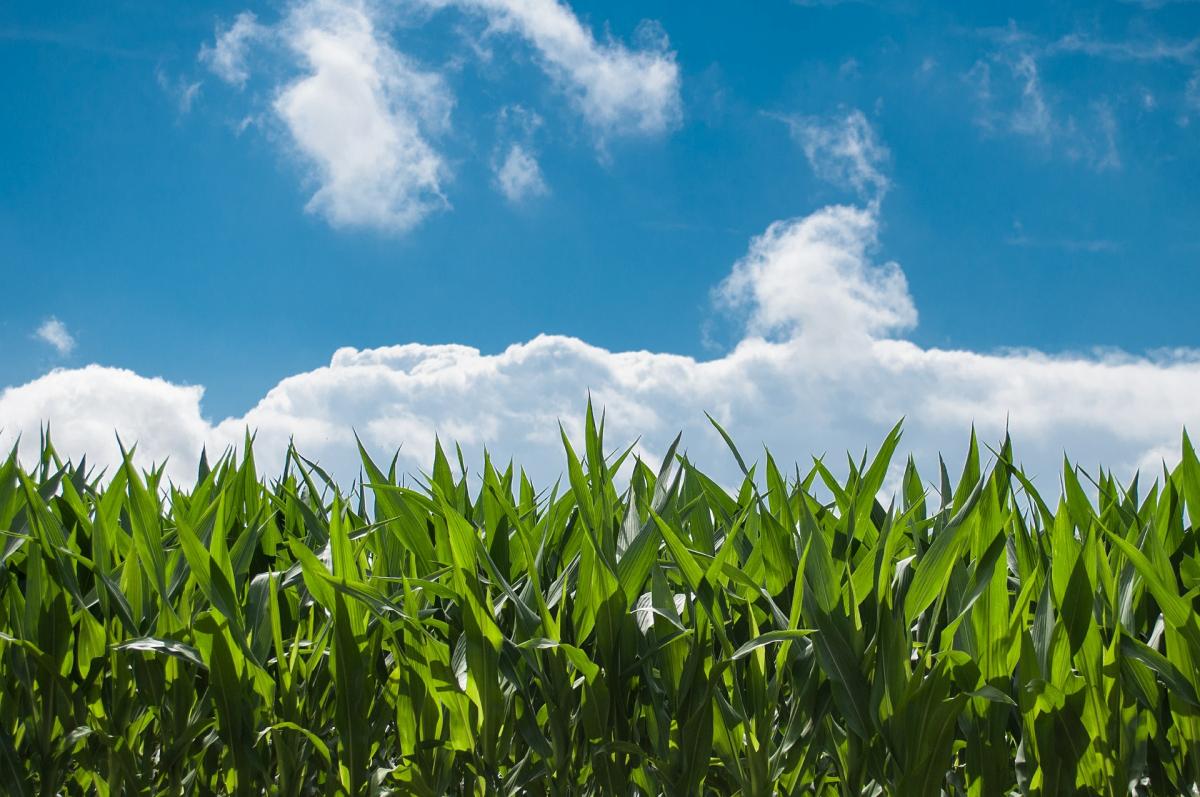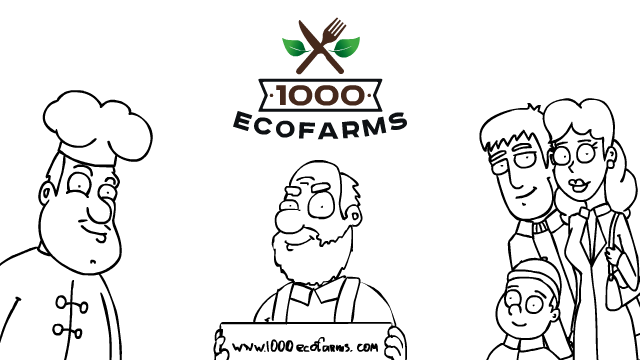“We North Americans look like corn chips with legs,” at least according to Todd Dawson, a Berkeley biologist quoted in Michael Pollan’s book “The Omnivore’s Dilemma”. He is referring of course to the overwhelming amount of corn that is consumed by Americans, thanks to the processed food industry.
Though most people do not realize it, they are consuming corn on a daily basis. However, it’s not the traditional picture of lush golden cobs, but rather corn in its various processed forms, such as cornstarch, corn flour, corn alcohol, high fructose corn syrup—you get the picture. If you’re not convinced, see just how many foods this writer at Serious Eats had to avoid to go corn-free for a week.
Though most people do not realize it, they are consuming corn on a daily basis. However, it’s not the traditional picture of lush golden cobs, but rather corn in its various processed forms, such as cornstarch, corn flour, corn alcohol, high fructose corn syrup—you get the picture. If you’re not convinced, see just how many foods this writer at Serious Eats had to avoid to go corn-free for a week.
All that isn’t to say that corn is inherently bad. Because corn is so cheap — largely due to farm bills and government subsidies — it has been exploited by food processors as a inexpensive way to create food products. However, whole corn has been a dietary staple in the Americas for thousands of years, and its prized for its taste and versatility. (Although often viewed as a vegetable, corn is actually a grain.)
How is corn good for your health?
Despite some confusion—and possibly a conflation between whole corn and the far-less-desirable high fructose corn syrup—corn is a healthy food. According to TIME magazine, “A cup of boiled sweet yellow corn has 143 calories, 5 grams of protein and a surprising amount of potassium—9% of your daily value and almost as much as a small banana.” Corn is full of essential nutrients, and a cup of corn kernels contains about 15% of your recommended daily value of fiber, making it a satiating food as well as a prebiotic.
Why should you buy corn from an eco/local farm?
After corn has been picked it will begin losing its sweetness, and it’s likely that corn at the supermarket has been sitting out much longer after harvest than corn from your local farmer. Furthermore, a lot of the corn you purchase at the supermarket is from large-scale, monoculture corn productions. “Monoculture” refers to the agricultural practice of producing a single crop, typically on a very large-scale — a practice that often leaves the crops more vulnerable to being wiped out by disease. Monoculture is also associated with poor soil management that often leads to stripping the soil of its nutrients, damaging a critical natural resource in food production.
How can I use corn in my home?
We feel absolutely obliged to recommend the obvious — grilled corn on the cob with some (hopefully local!) butter: it’s the quintessential American food for closing out the summer. But other than that there are so many other ways as well! Corn can be boiled for a very simple cooking method. Keep cooked corn in the fridge for a quick addition to salads or burritos. It also serves as an excellent side to any savory dish thanks to its sweetness, and can be added to any sautéed veggie dish.
How do you like to eat corn? Let us know!
How is corn good for your health?
Despite some confusion—and possibly a conflation between whole corn and the far-less-desirable high fructose corn syrup—corn is a healthy food. According to TIME magazine, “A cup of boiled sweet yellow corn has 143 calories, 5 grams of protein and a surprising amount of potassium—9% of your daily value and almost as much as a small banana.” Corn is full of essential nutrients, and a cup of corn kernels contains about 15% of your recommended daily value of fiber, making it a satiating food as well as a prebiotic.
Why should you buy corn from an eco/local farm?
After corn has been picked it will begin losing its sweetness, and it’s likely that corn at the supermarket has been sitting out much longer after harvest than corn from your local farmer. Furthermore, a lot of the corn you purchase at the supermarket is from large-scale, monoculture corn productions. “Monoculture” refers to the agricultural practice of producing a single crop, typically on a very large-scale — a practice that often leaves the crops more vulnerable to being wiped out by disease. Monoculture is also associated with poor soil management that often leads to stripping the soil of its nutrients, damaging a critical natural resource in food production.
How can I use corn in my home?
We feel absolutely obliged to recommend the obvious — grilled corn on the cob with some (hopefully local!) butter: it’s the quintessential American food for closing out the summer. But other than that there are so many other ways as well! Corn can be boiled for a very simple cooking method. Keep cooked corn in the fridge for a quick addition to salads or burritos. It also serves as an excellent side to any savory dish thanks to its sweetness, and can be added to any sautéed veggie dish.
How do you like to eat corn? Let us know!







